4.30am. Get up after 5 hours of sleep. For some reason, it’s easier than dragging myself out of bed at 7am.
5.15am. Our tour bus leaves La Paz for Oruro. I get some sleep.
9am. We take our seats at the stands on Avenida 6 de agosto (aka Avenida Folclórica). Parade’s already begun, other stands are gradually filling up, sun is out.
Partly what you’d expect when you think of carnaval in Rio …
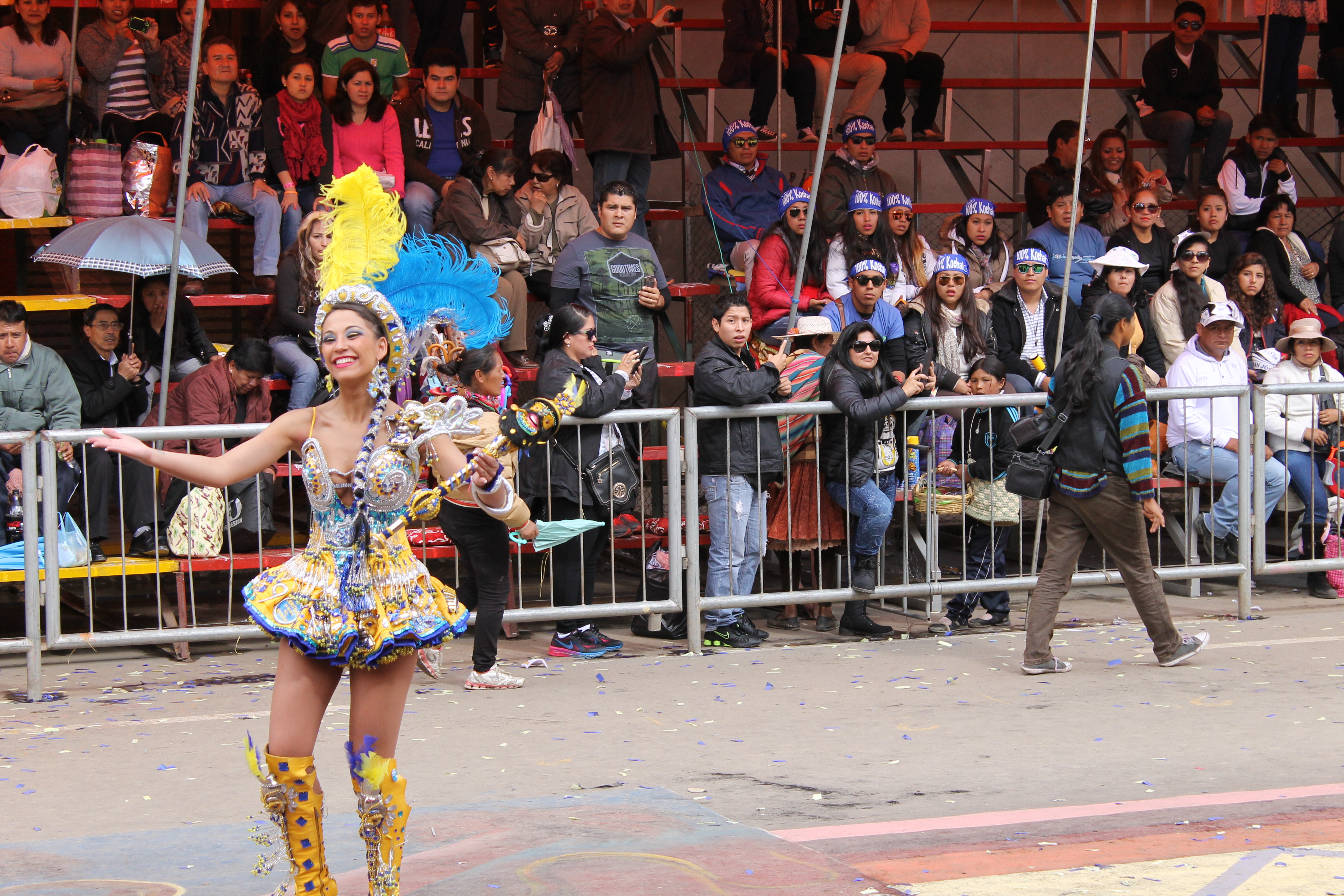
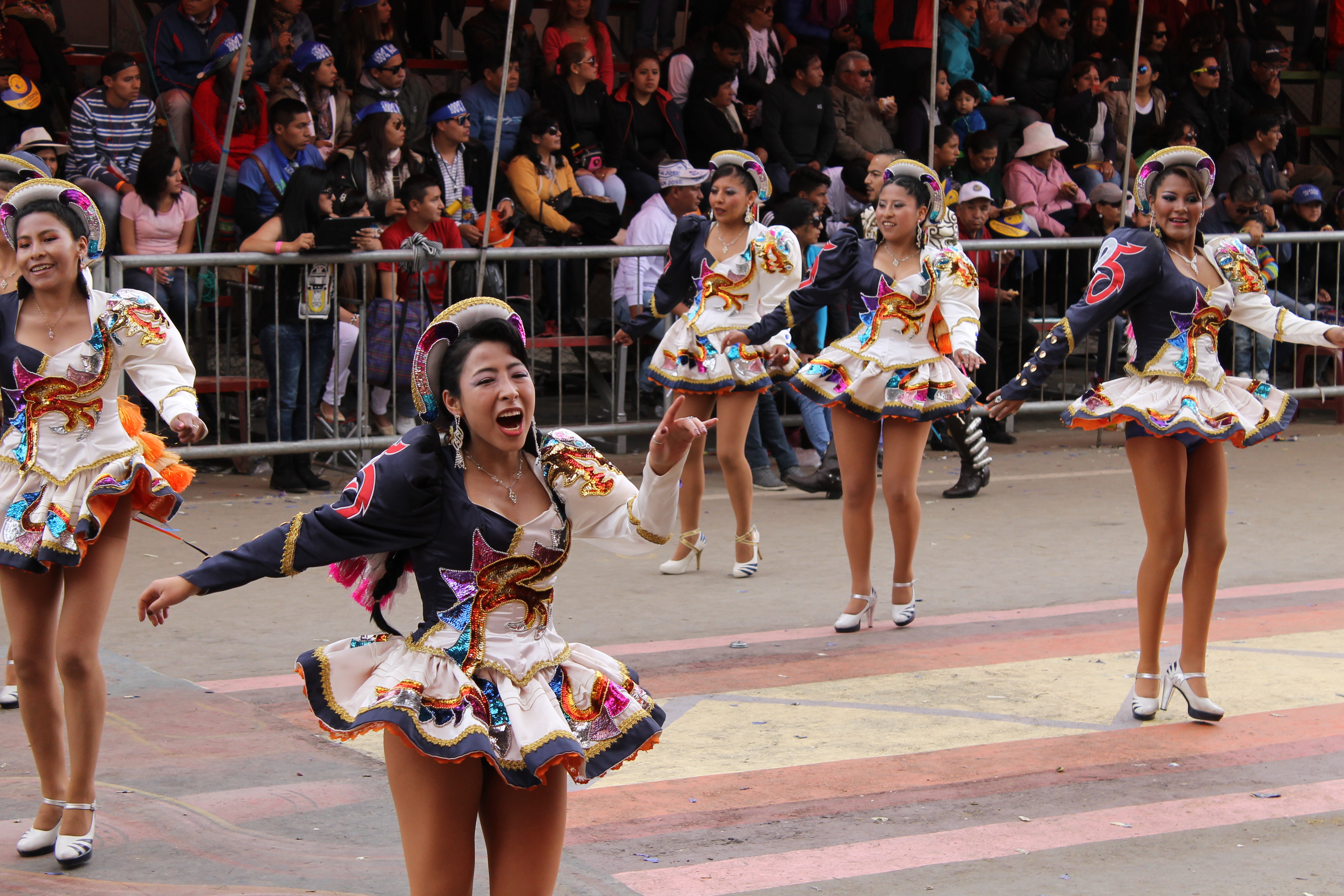
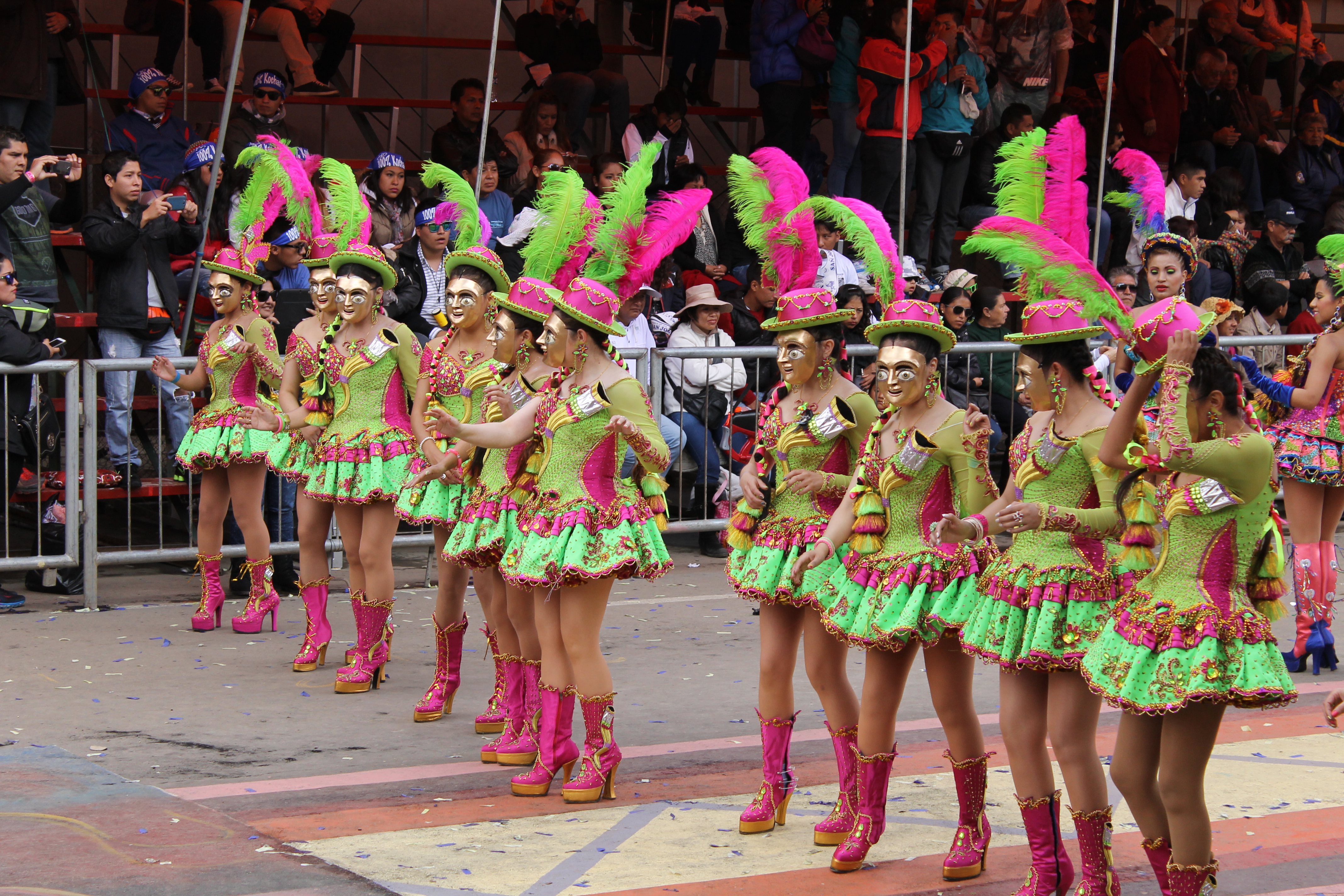
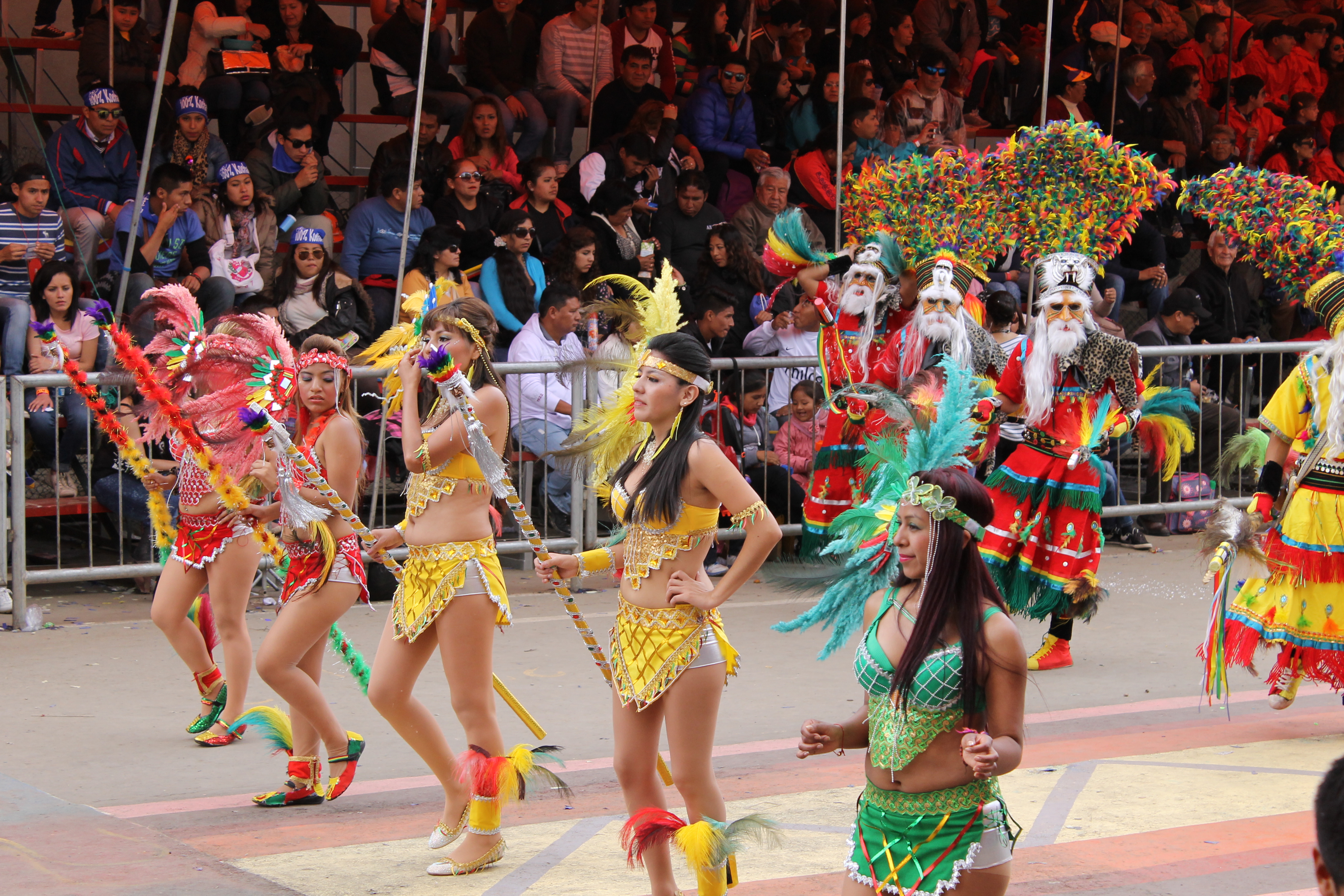
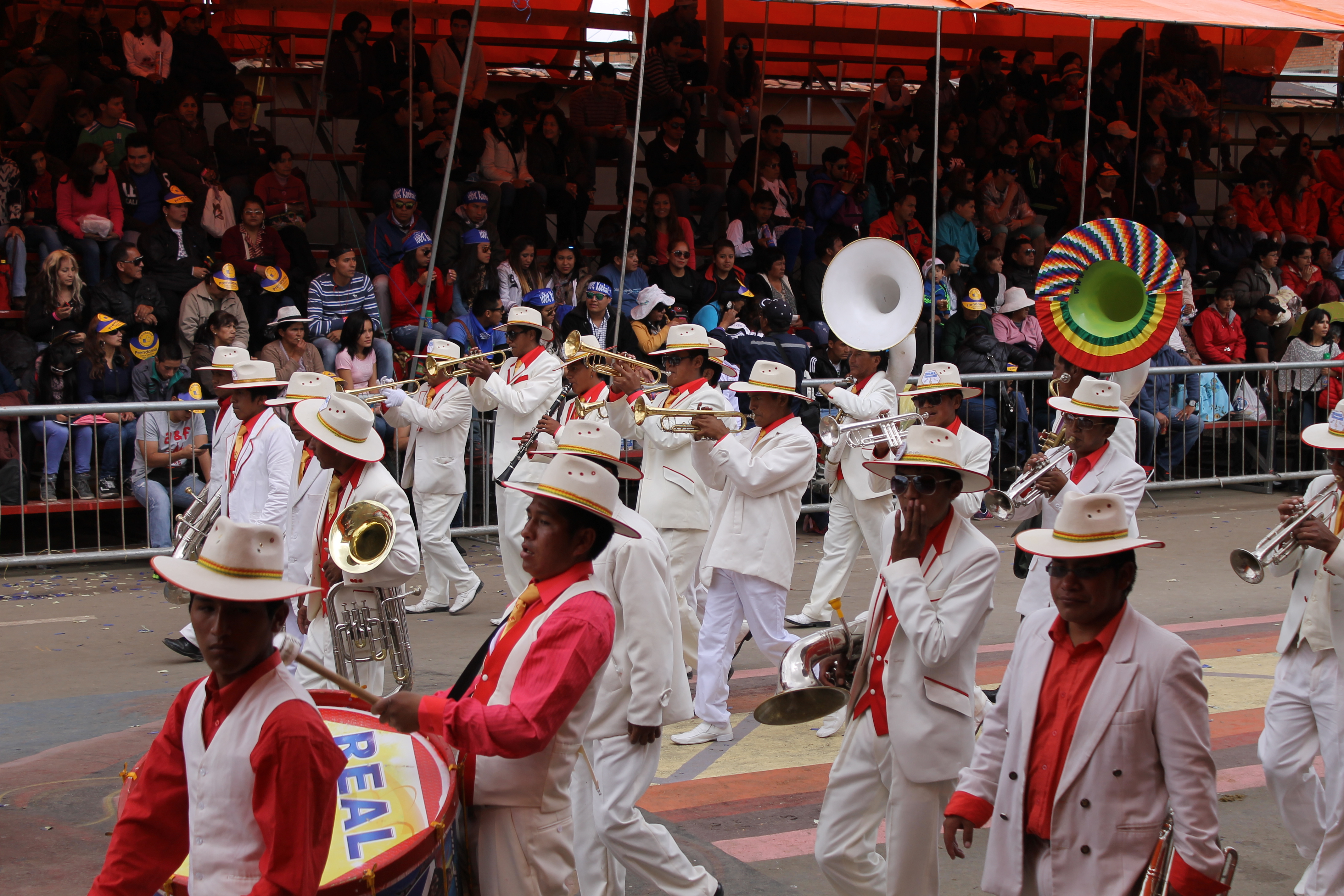
… And partly not.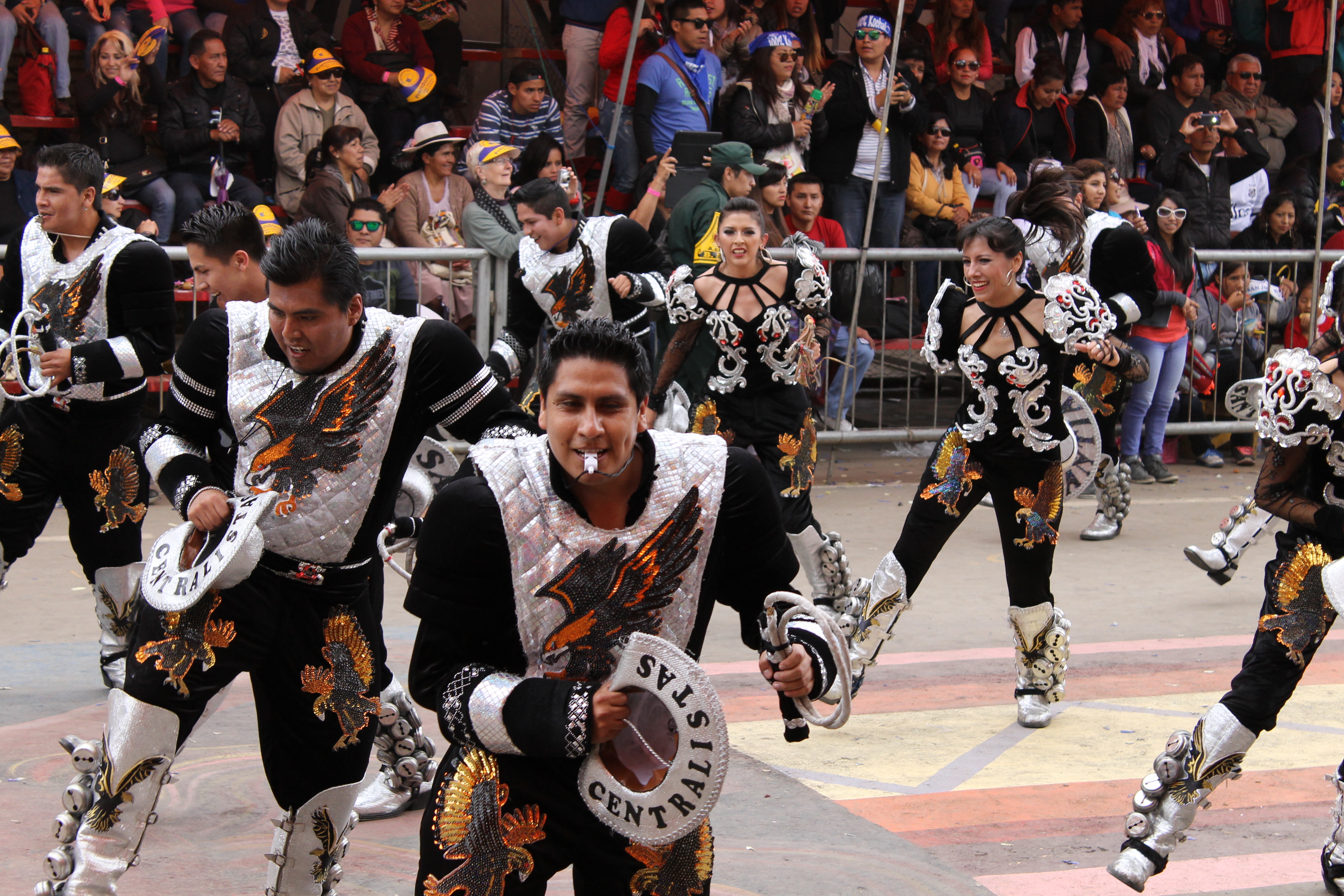
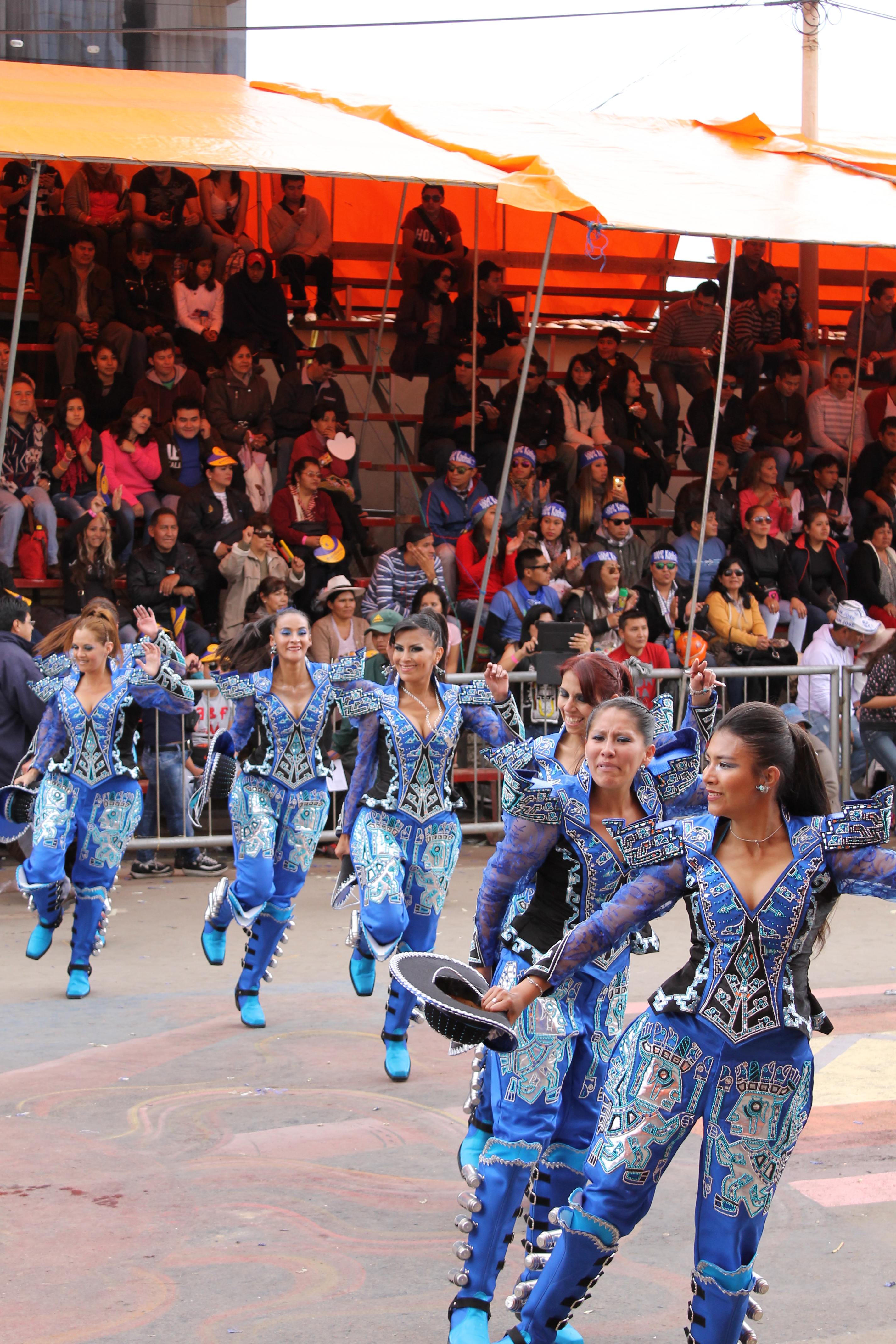
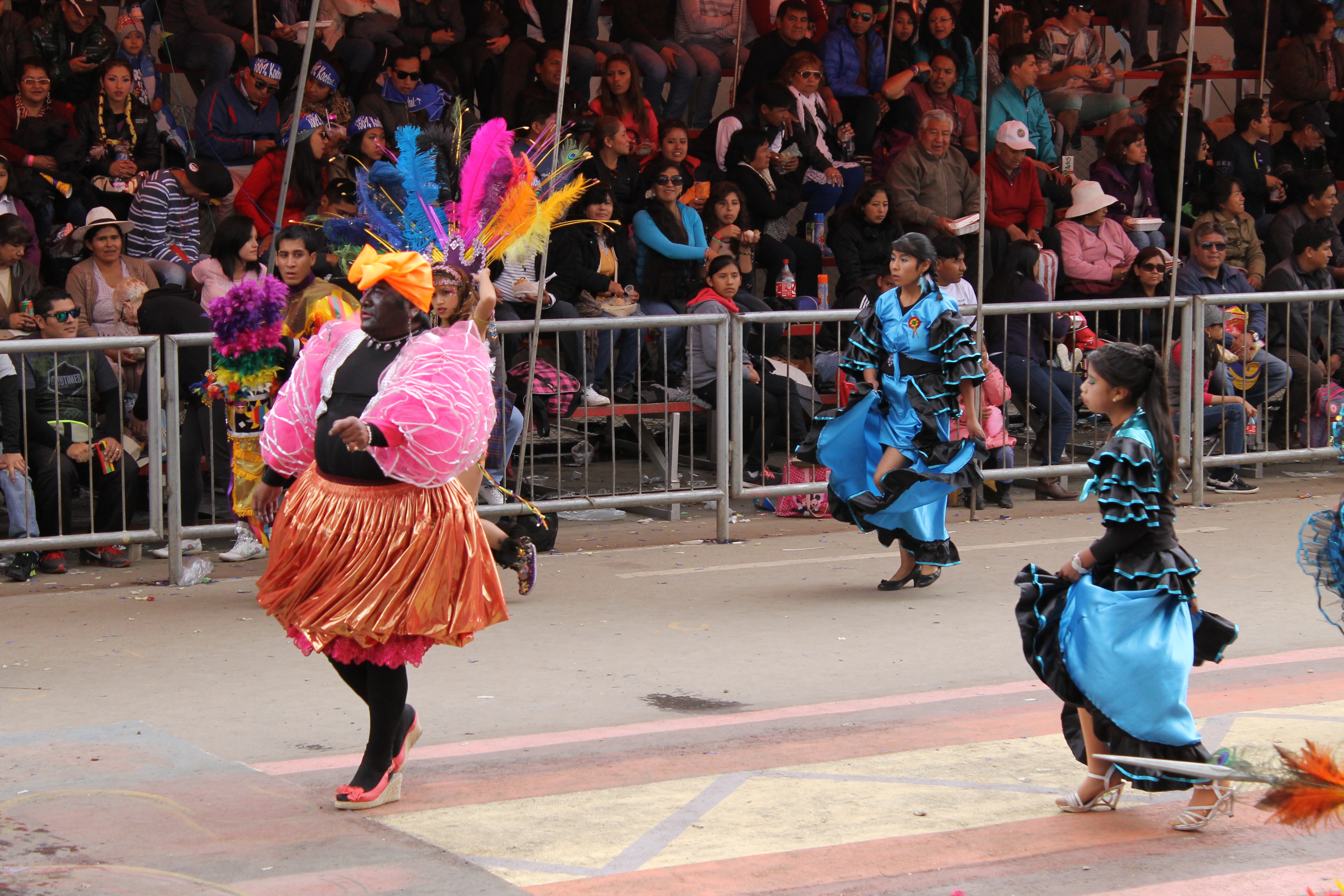
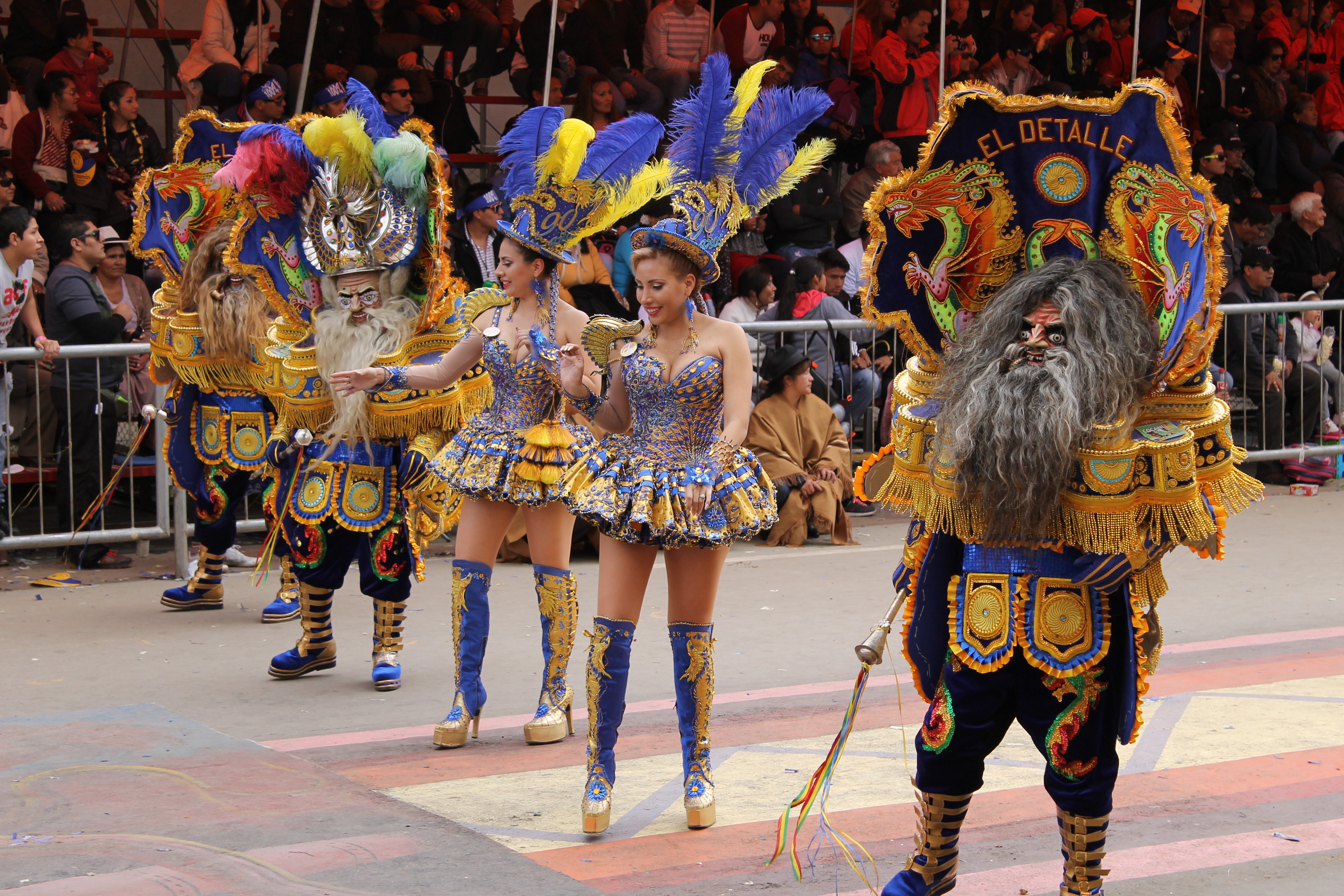
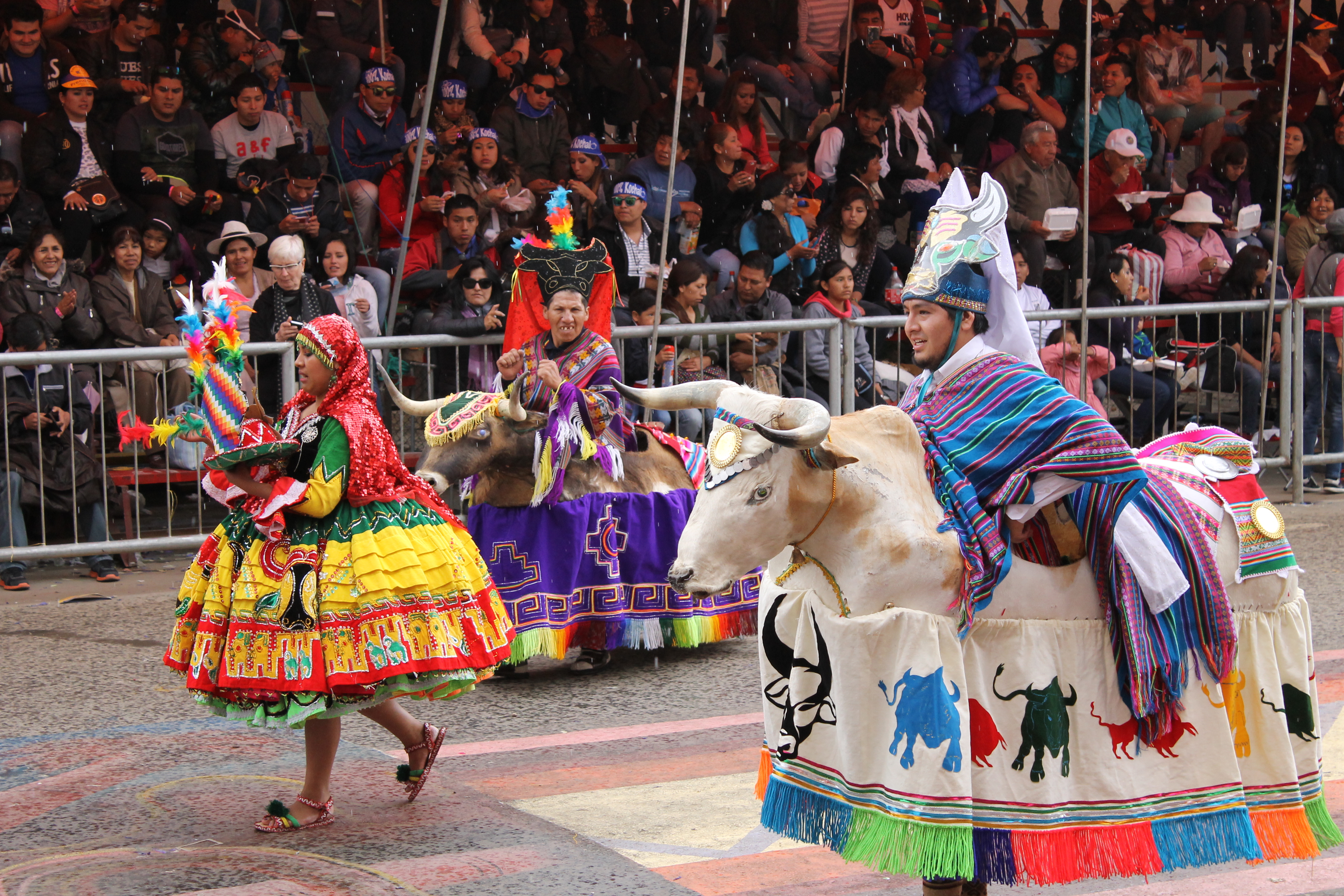
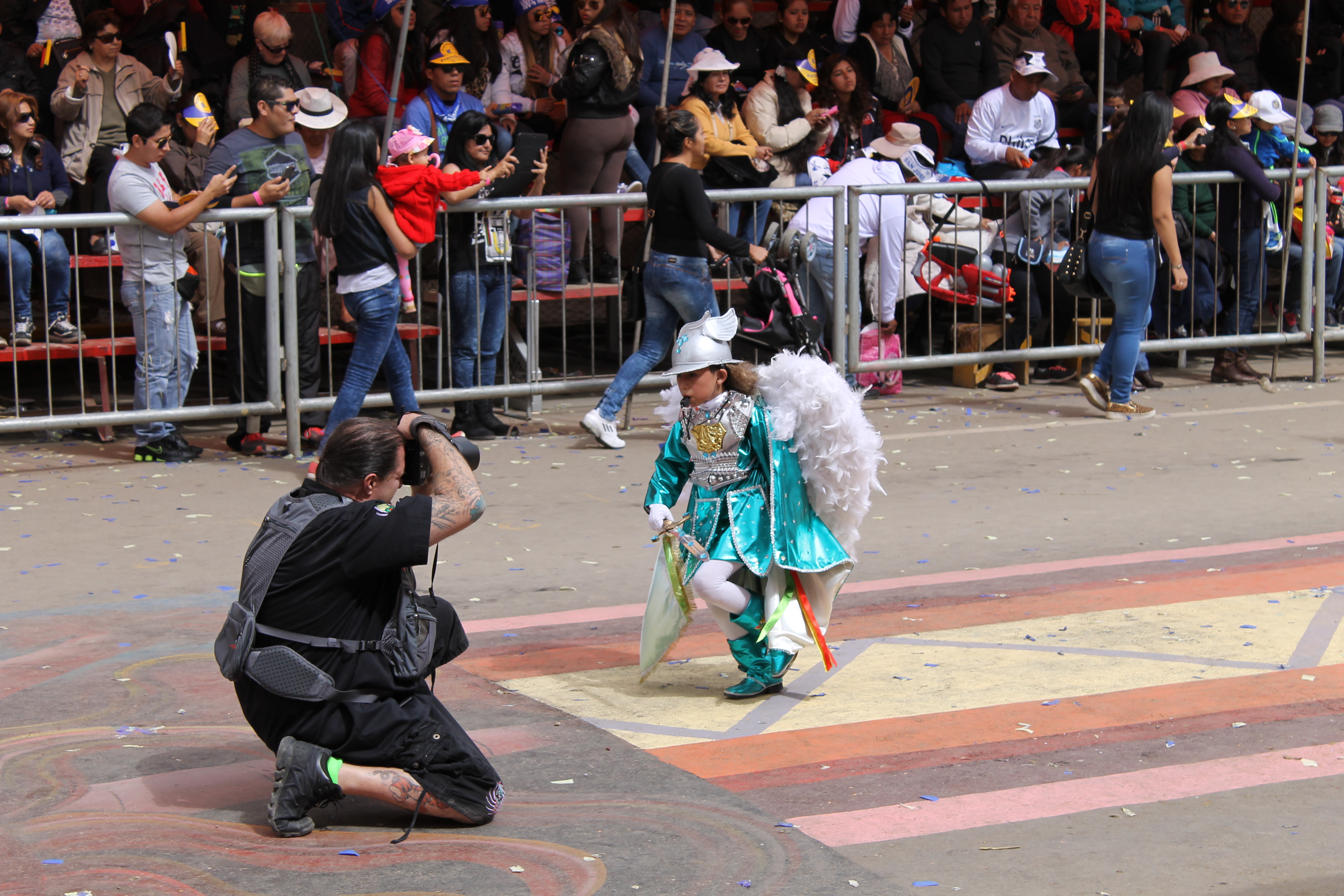
So not.
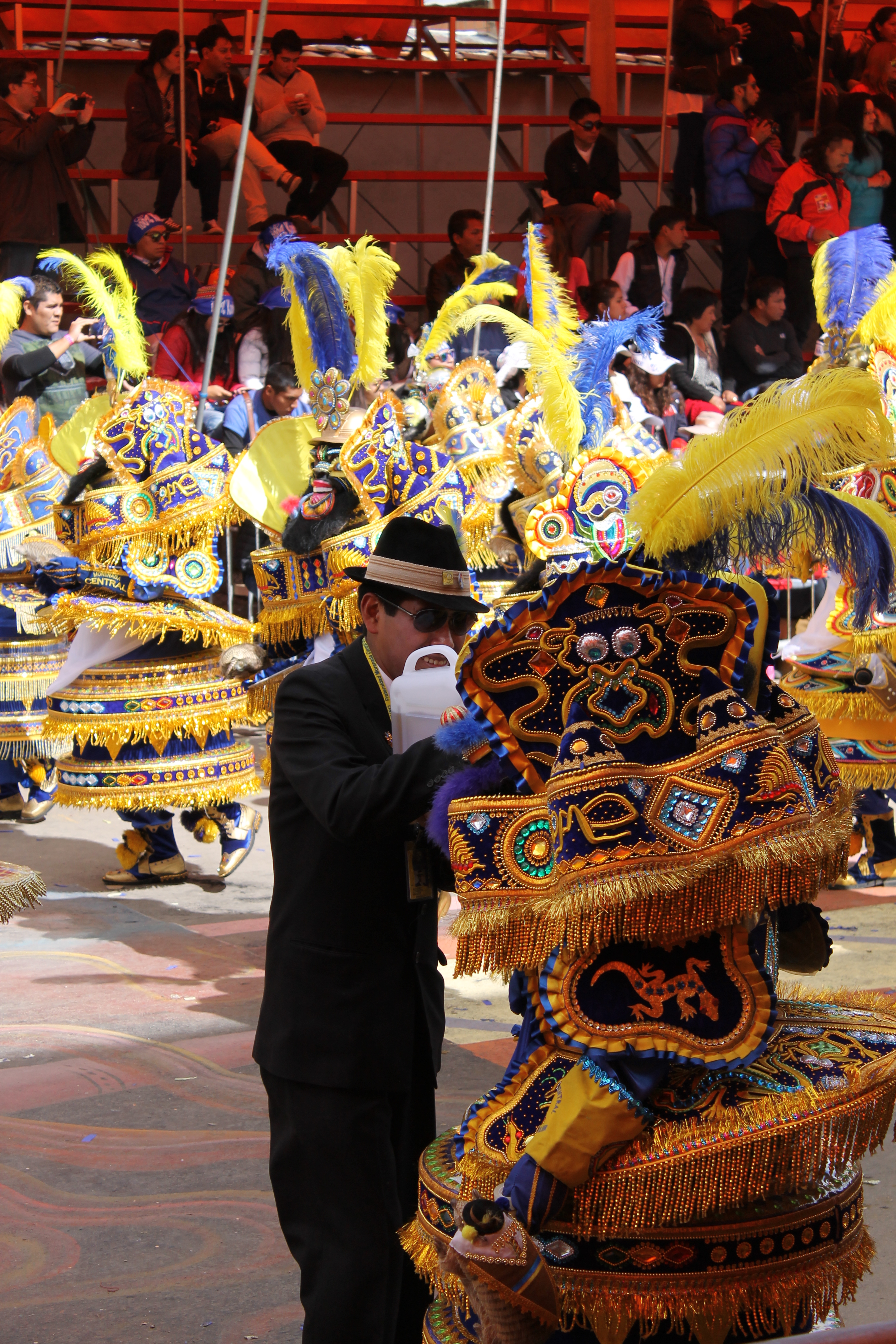
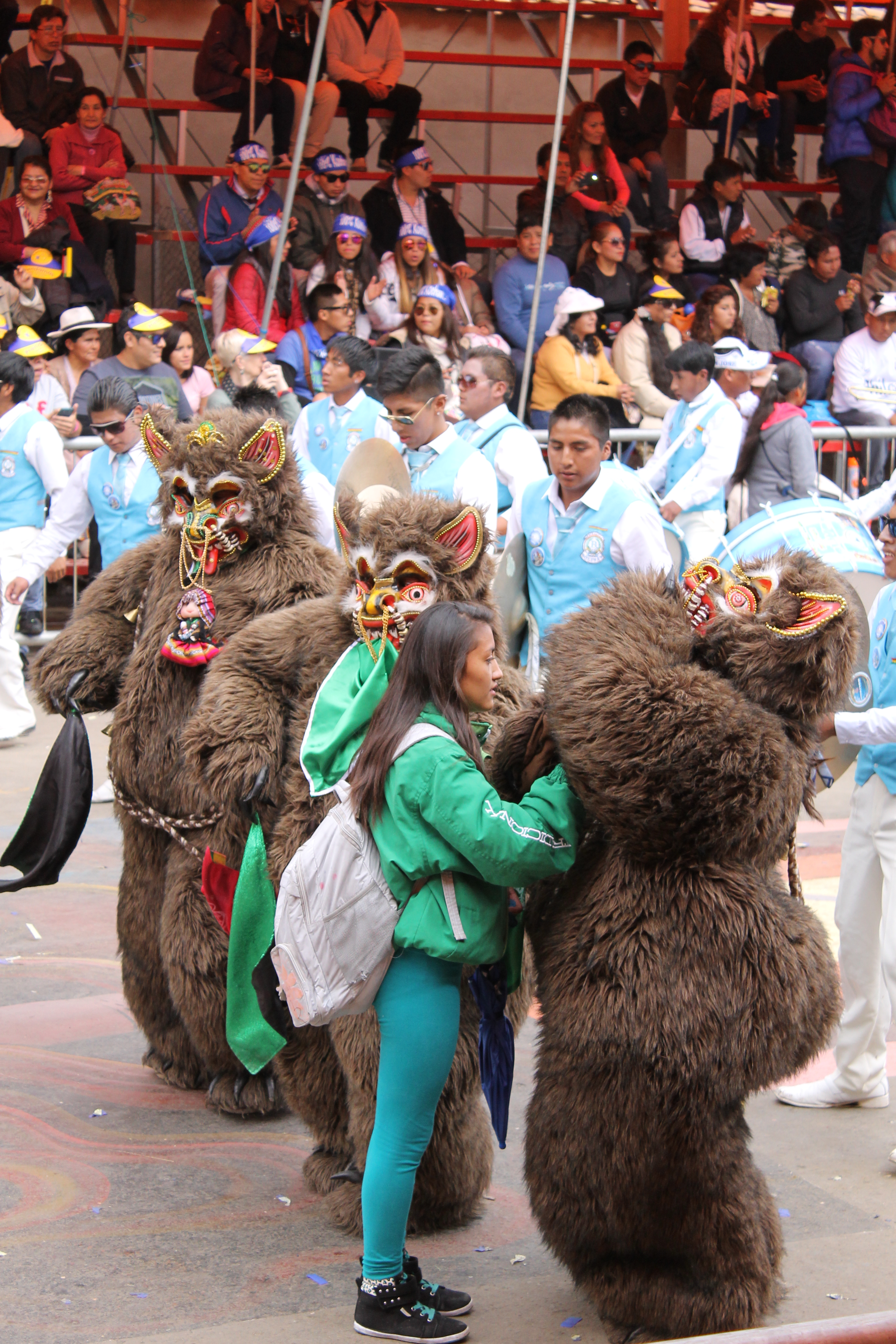
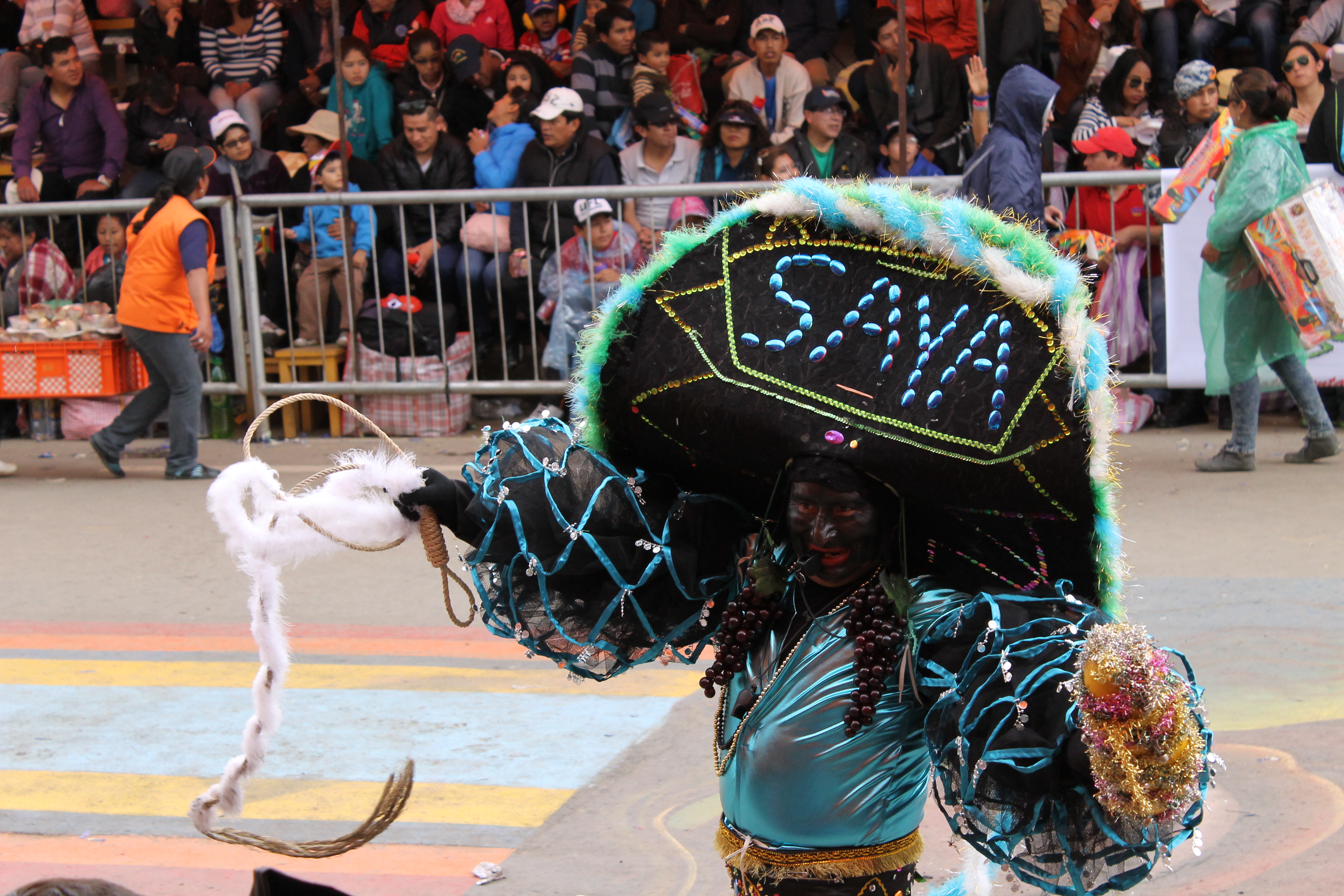
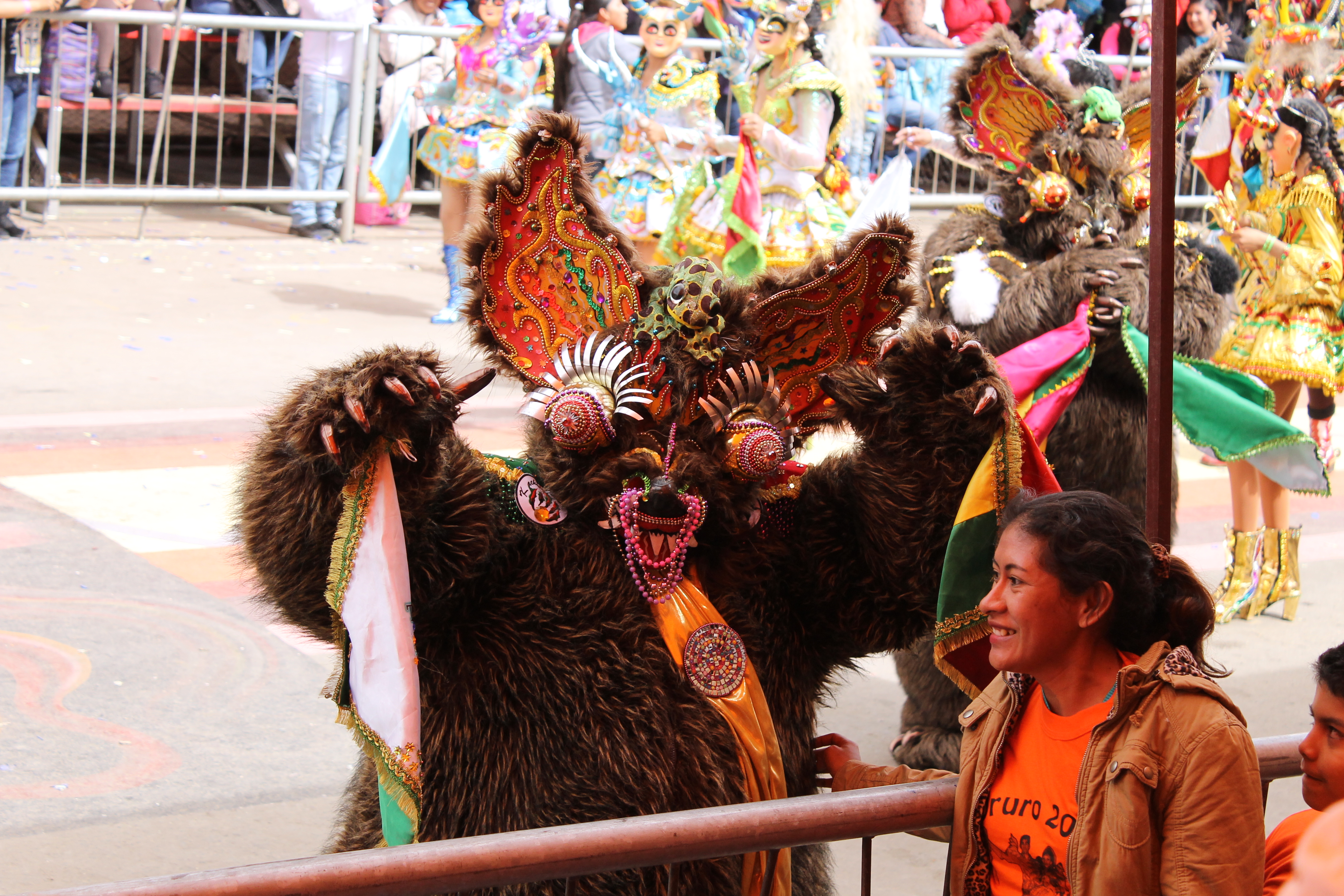
Each group is headed up by a car bearing the Virgin. As in a doll, one of many. I have an automatic reaction to this idol, which I don’t have to any other part of the parade – not the devils, not the skimpy clothing, nada. I blame two years as a missionary in Ecuador.
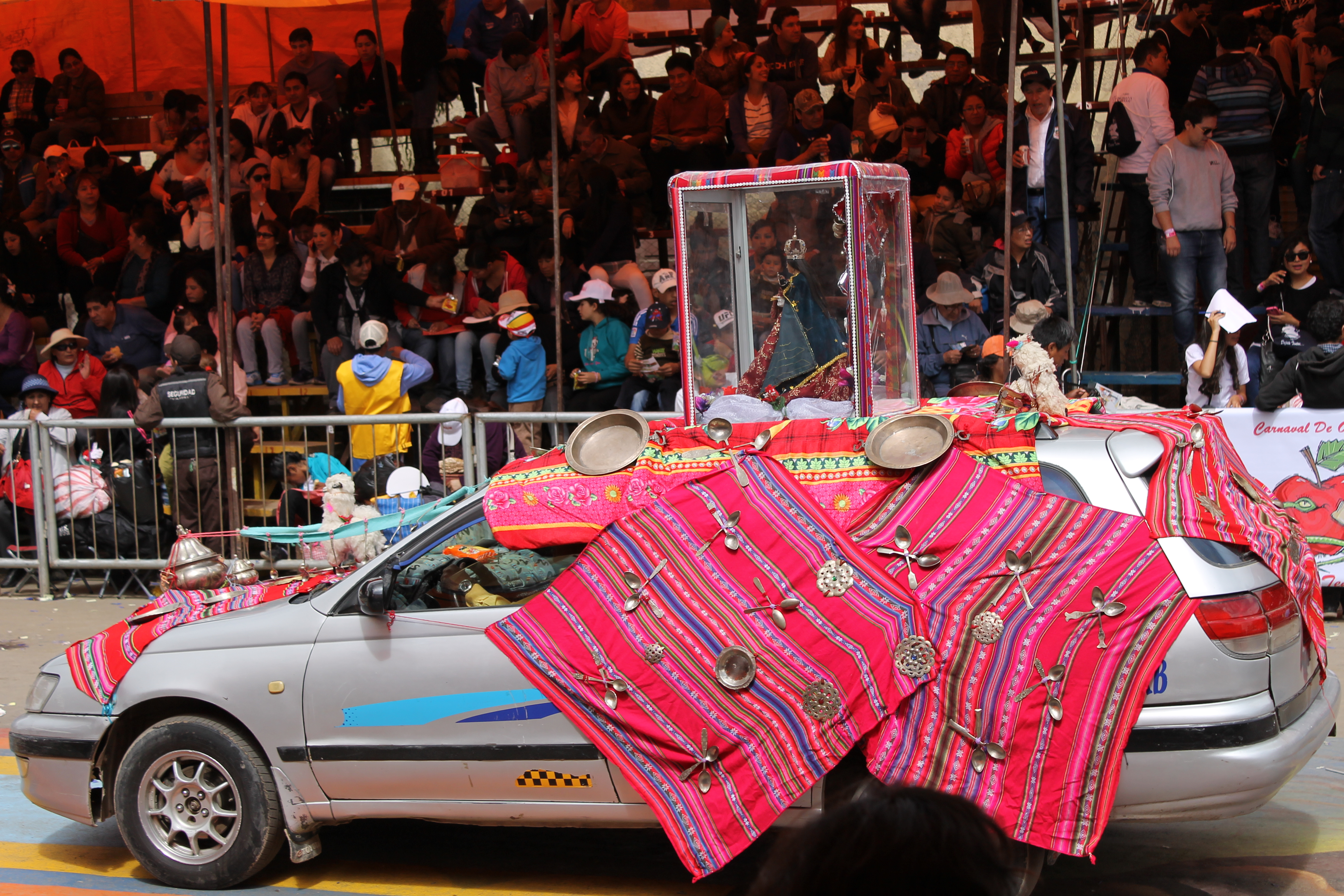
12.30pm. After lunch, the rain buckets down. Some souls are brave and soldier on down the avenue; others are wise and don ponchos to protect their fancy costumes.
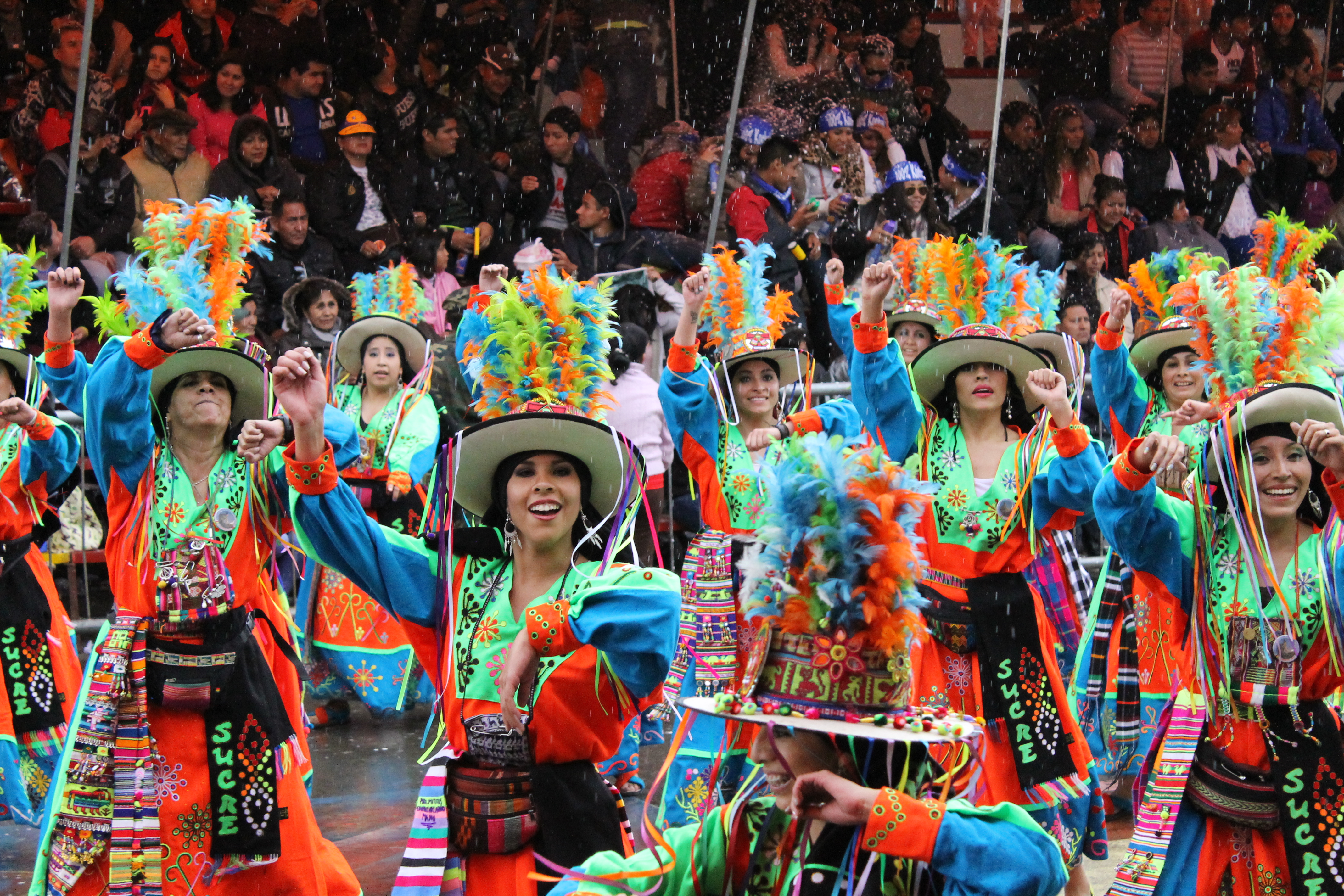
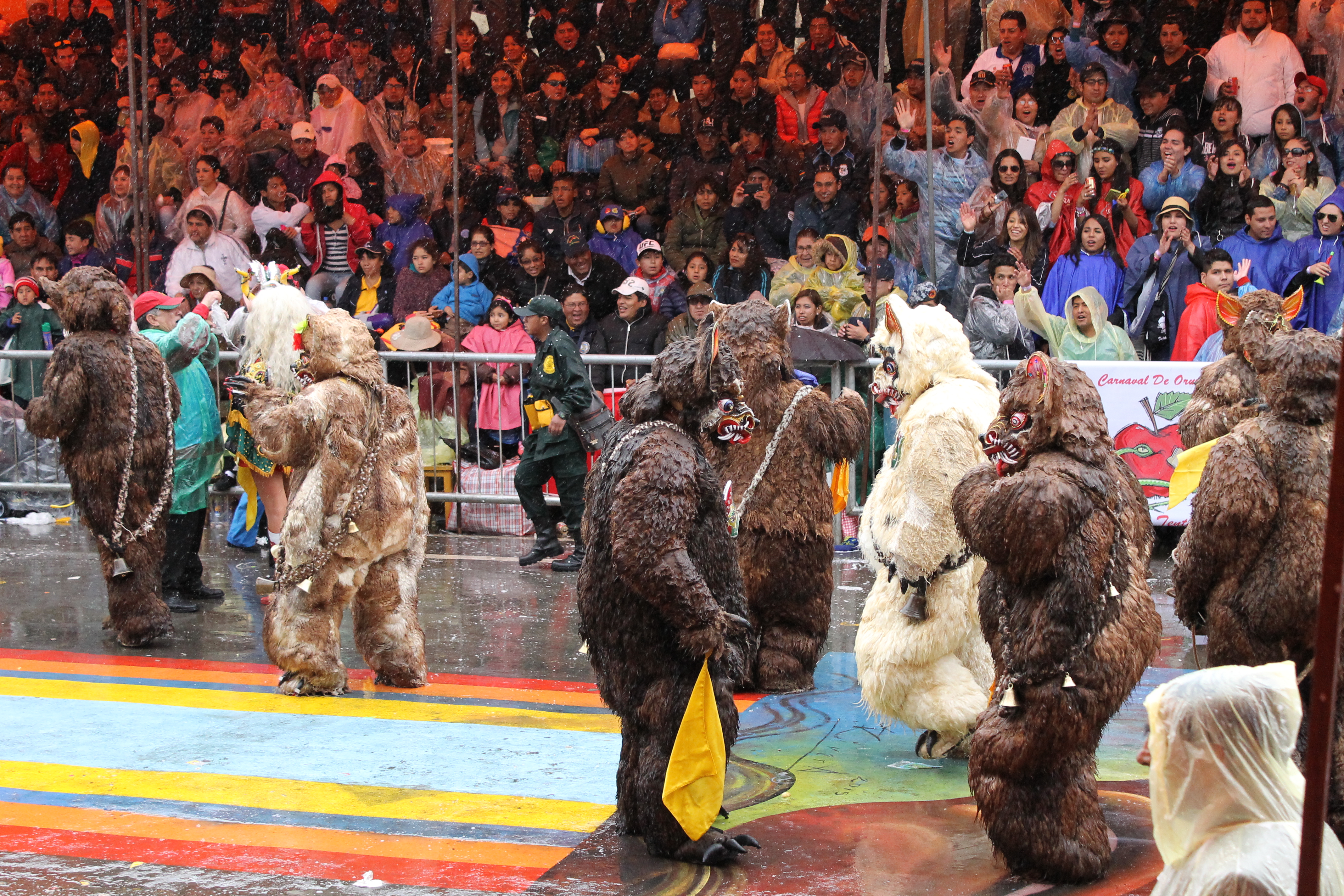
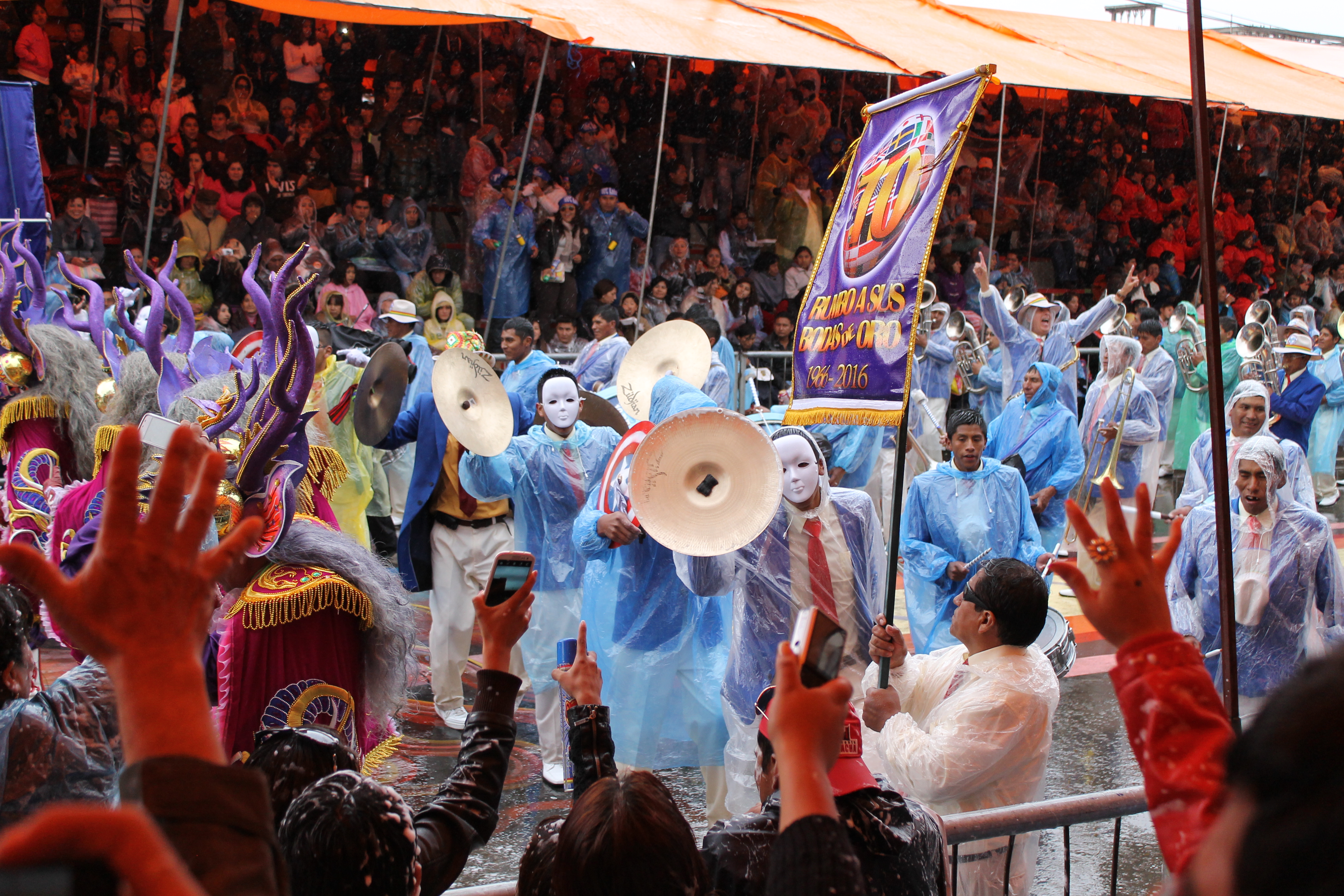
4.30pm. Grab a photo with a couple of capoleros on the way out of the procession. They’re like dancing power rangers – ie. the height of awesomeness 🙂
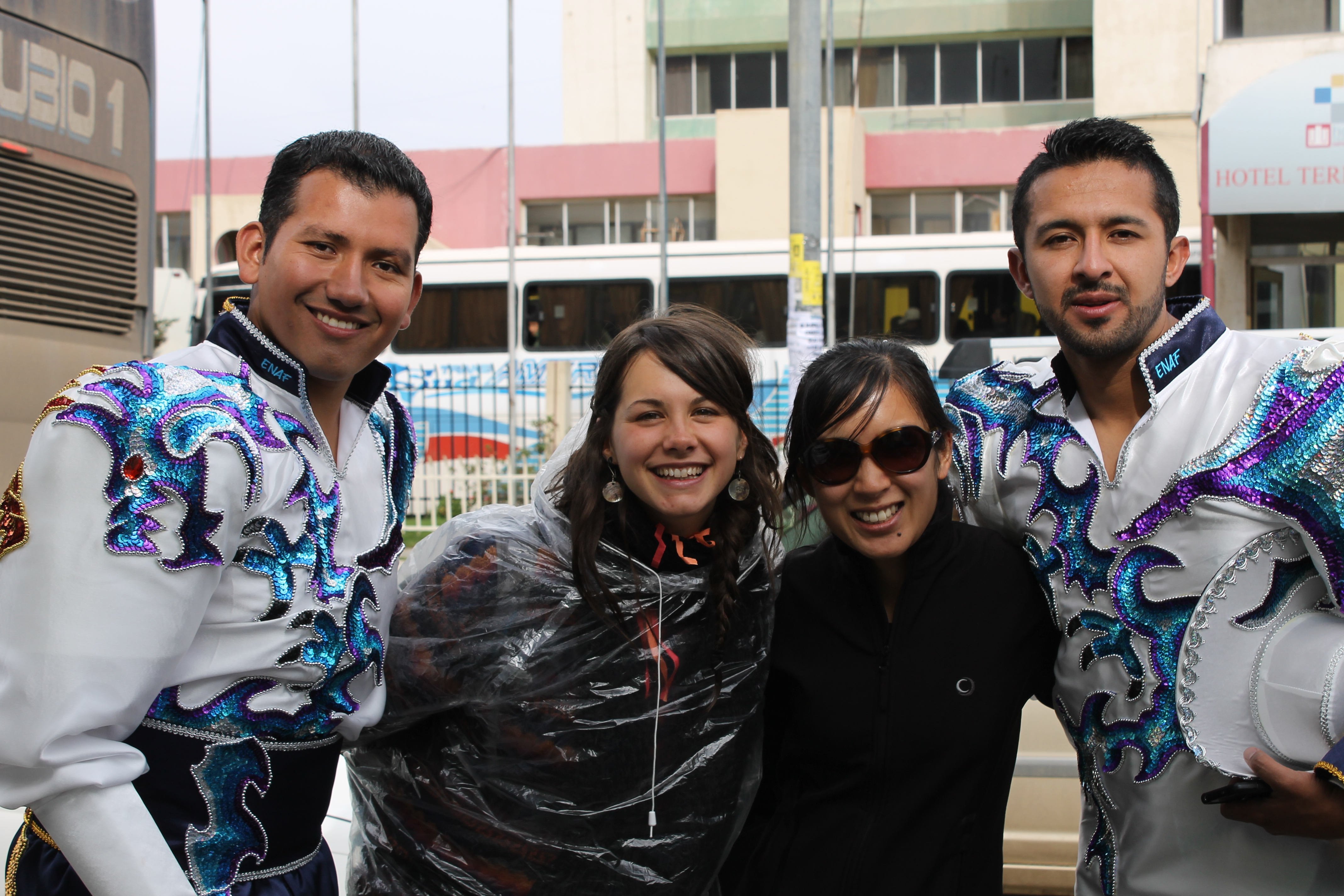
Get smothered in foam trying to get my revenge on two armed kids.

6.30pm. Well, in between packing the car and enjoying a free dinner, we leave a little later than planned … but what a sunset!
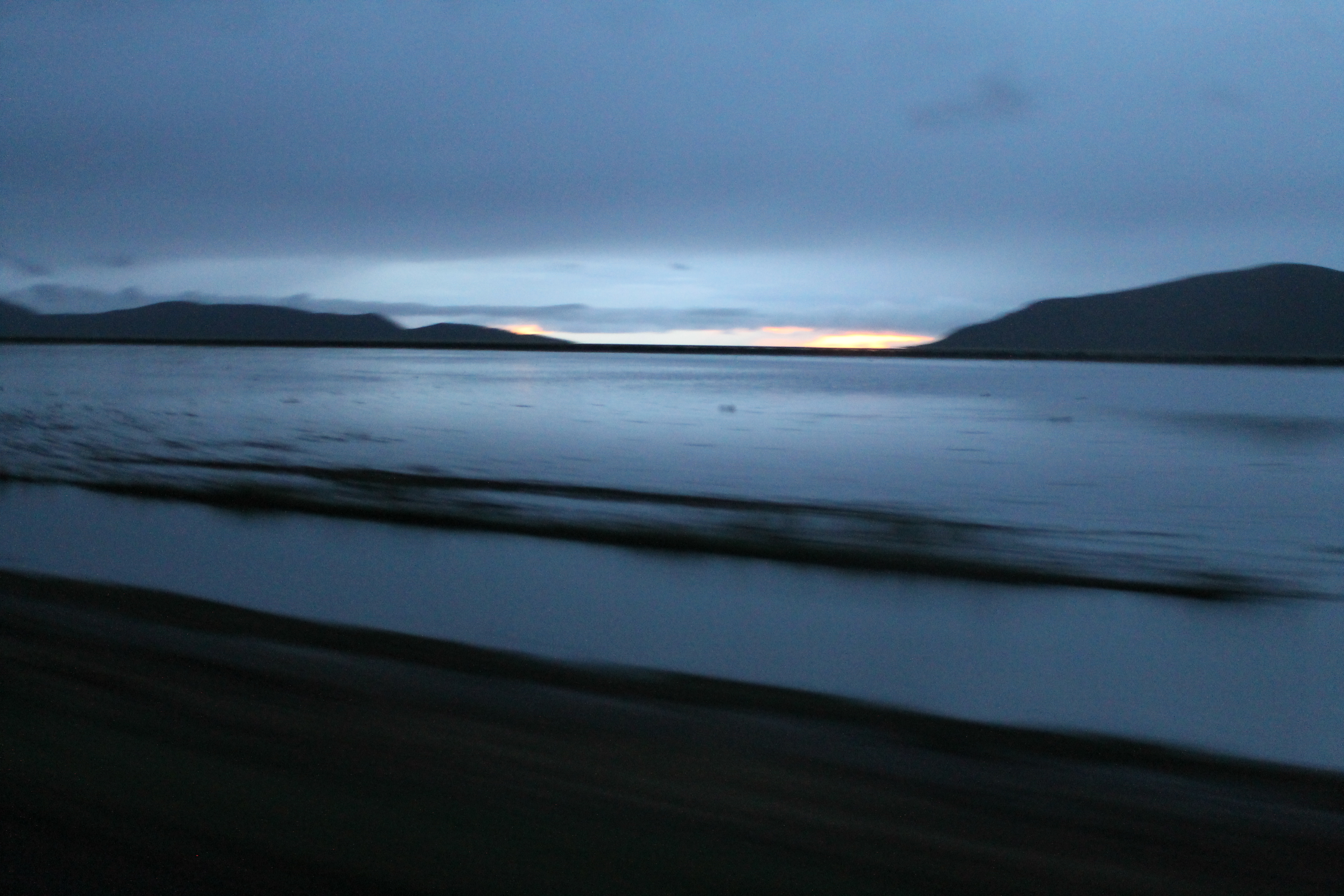
Ahora, ¡rumbo a Tarija! (See Act II).
Quick facts about carnaval in Oruro
- It’s a big deal. Biggest celebration in Bolivia, and probably the second biggest in Latin America after Rio de Janeiro.
- Given that, there are less foreigners than you’d expect. I was told 10%, and I think that’s about right – it’s mainly Bolivians.
- You can participate! Several foreigners dance in Bolivian troupes, and if you’re not into that, you can still jump into the parade and take pictures with dancers.
- It’s fairly pricey. There are transport and/or accommodation + entry packages for anywhere between 300-1200Bs (A$50-200), and just the entry will likely cost you A$50-100. If you’re happy to rough it, you can poke around and find a gap between the stands that gives you a decent view. Our one-day tour cost 870Bs (about A$150) and included: comfortable bus there and back from La Paz; packed breakfast; lunch; 2 drinks; carnaval pack with mask, poncho and spraycan of foam; reserved seats for the parade.
- Carnaval runs from Saturday to Tuesday. Saturday in Oruro is sufficient – parade starts 7am and goes until the early hours of the morning. Then it starts all again on Sunday – the same thing but everyone is (far more) drunk doing it.
- This is pretty much your only reason to go to Oruro. There’s nothing to see or do any other time of year.


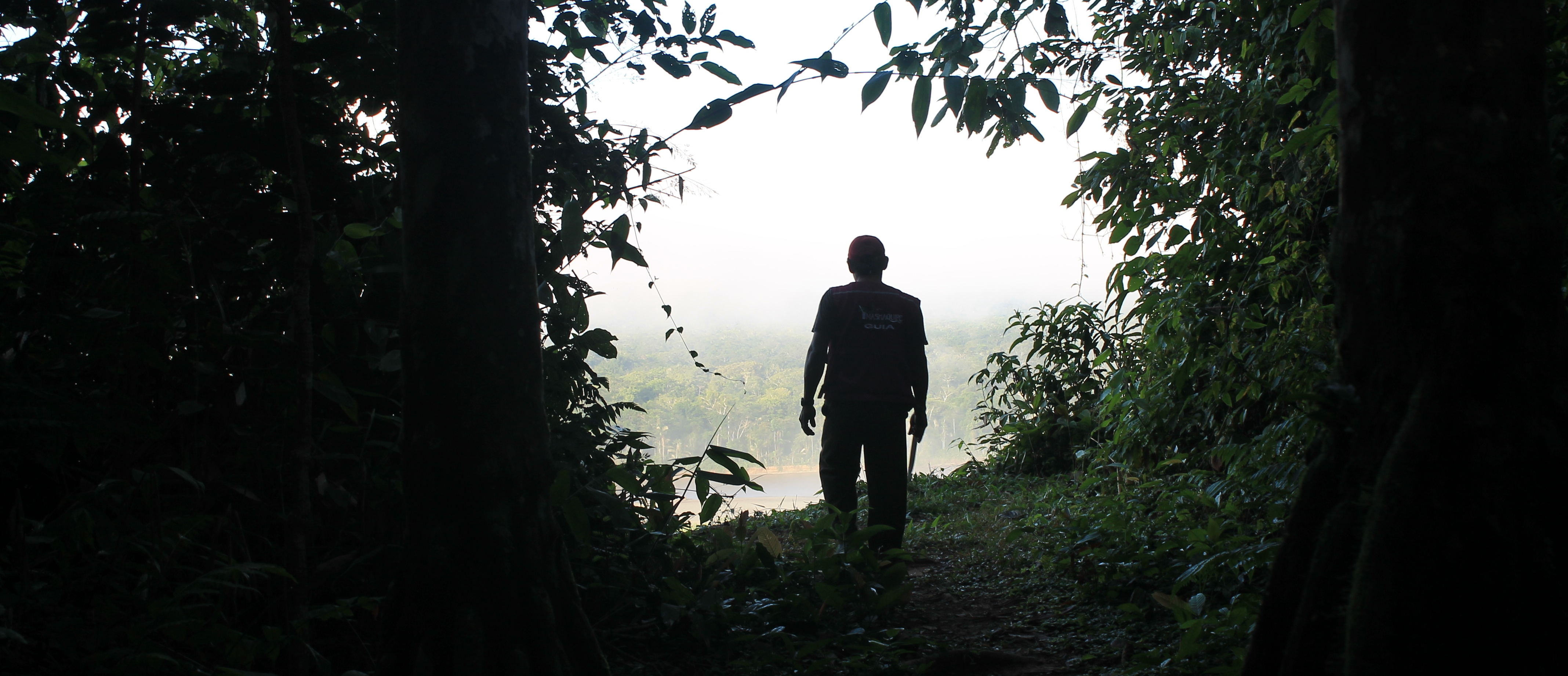

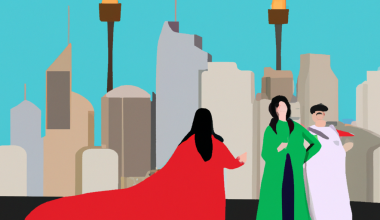
4 comments
This looks like so much fun! Love the colors, great photos!
Thank ya! It was a lot of fun – if you get the chance, carnival in Oruro is worth the visit 🙂
Reblogged this on msamba.